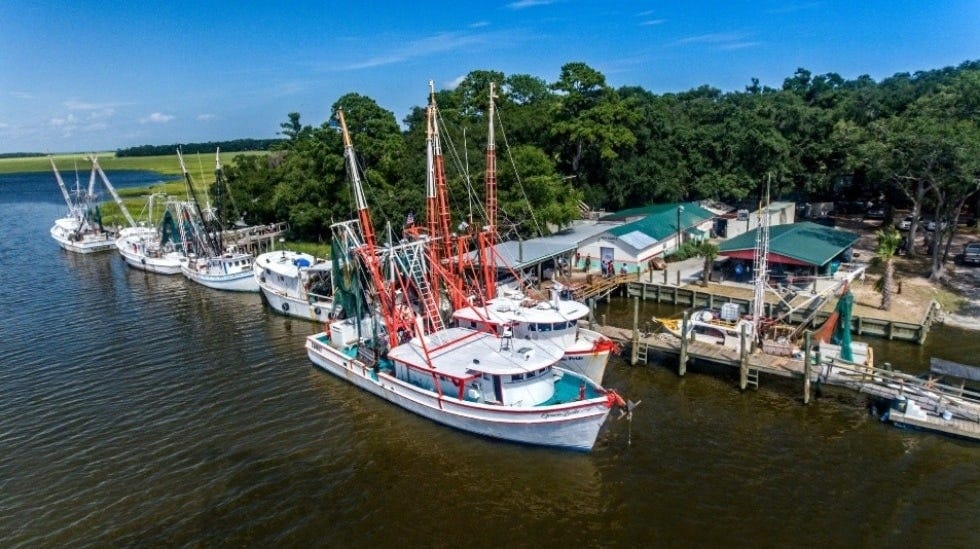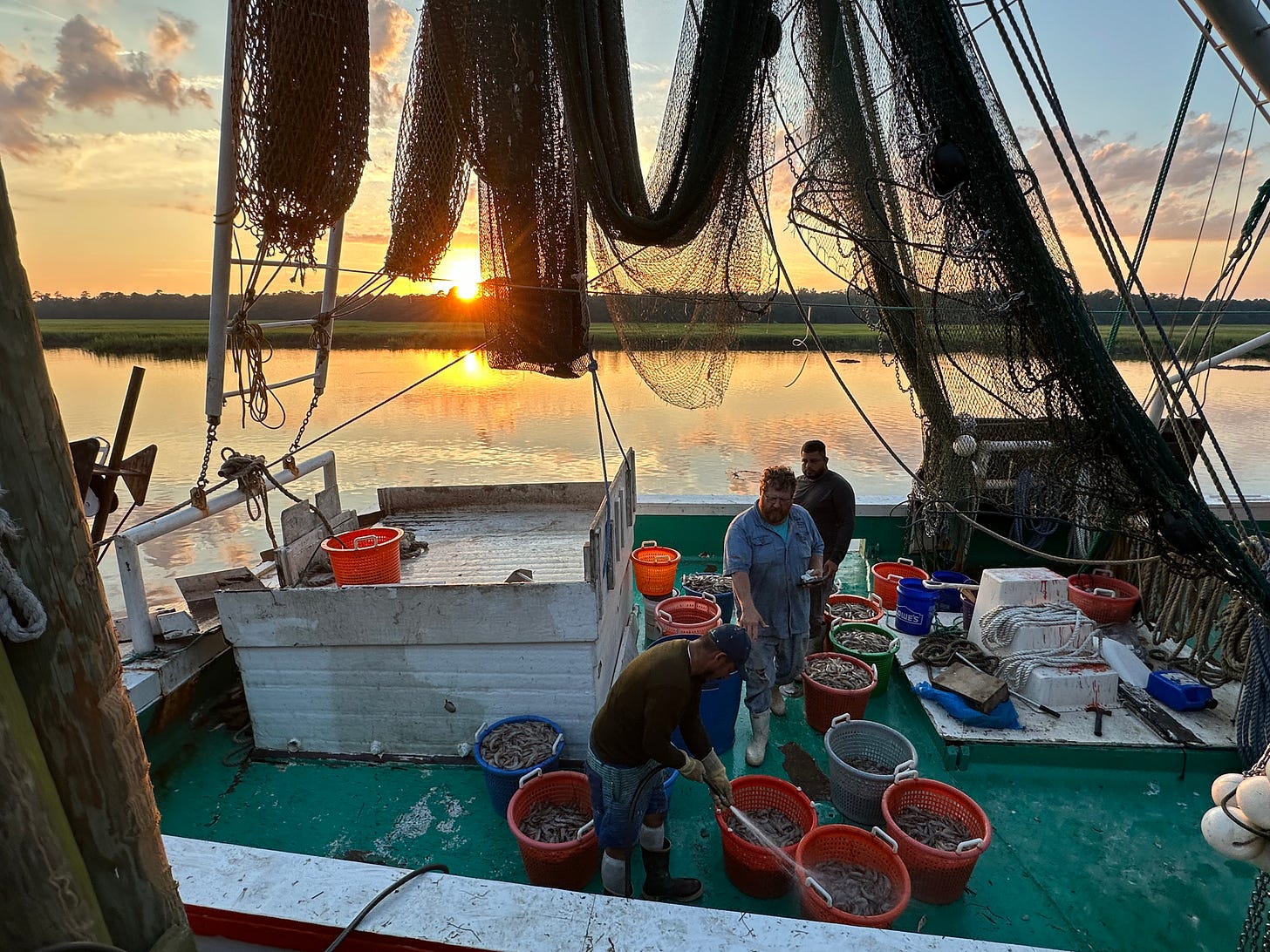Traditions Run Deep in Beaufort County - So Does This Opportunity
The time is now.
I am deeply connected to the Sea Islands of Beaufort County, especially St. Helena and Lady’s Island. I first arrived in the early 1970s with my husband to purchase Pleasant Point Plantation at the far end of Lady’s Island. We quickly got to know and love the people who called this place home, a place deeply rooted in the land, its rivers, and vast marshlands.
The Gullah folks in the small nearby community of Broomfield had hunted and fished this land for generations. A proud people - we knew them by name, and some worked on the land and became dear friends.
So when I learned about the Pine Island project — a proposal for what was once slated to be a large, gated development — I attended a County Council meeting to understand it more fully. What I found was not another generic development plan. It was a commitment. And now, after nearly a year of public meetings, negotiation, and community input, that commitment has been codified in a groundbreaking Development Agreement.
What Makes the Pine Island Plan Different?
This is not just a project. It is a partnership — a legally binding agreement with Beaufort County that turns past conflict into present opportunity. The final plan is rooted in community benefit and cultural restoration, not commercial exploitation.
Council members and the developer — Elvio Tropeano — didn’t just trade ideas. They redefined what development in Beaufort County can look like. Here’s what that means:
A Wastewater Resource Recovery Facility will remove 173 pre-approved septic tanks from the property, directly benefiting water quality and nearby shrimping channels.
Over $6 million has been committed to heirs’ property resolution, affordable housing, and home repair— with funding ready for deployment in weeks, not years.
A $2.5 million fund for cultural, historical, and environmental nonprofits, plus $600,000 earmarked for land acquisition for a Cultural Center and Entrepreneurial Market.
Critical infrastructure upgrades, including a $500,000 turn lane at U.S. 21 and $500,000 for the Station Creek boat ramp — a lifeline for our local shrimping industry.
A perpetual 1% reinvestment from every future home sale into a local community impact fund.
Golf course construction is tied to Audubon Cooperative Sanctuary Certification and engineered internal drainage, with no runoff into our precious waterways.

The Impact on Shrimpers and the Working Waterfront
Anyone who understands Village Creek knows this: it is the beating heart of Beaufort County’s commercial shrimping fleet. Nearly half the county’s working boats dock there, and they rely on safe passage in and out of that channel.
Under this agreement, the number of docks is capped, protecting navigation and preserving access. If this plan were denied, the property could legally be built out with over 100 additional docks, which would be a catastrophe for our shrimping fleet. But instead, this agreement does the opposite: it protects a working waterfront and honors the men and women who harvest our most cherished local food.
A Plan That Aligns With Our Values
This plan doesn’t add density — it reduces it. It doesn’t rely on loopholes or speculation — it is legally binding.
It doesn’t ignore the culture — it elevates it. And it doesn’t displace anyone — it builds opportunity for those already here.
It is designed to serve as a repeatable model — not a one-off exception — for future community-focused development. Rather than throwing taxpayer dollars at intractable problems like heirs’ property or substandard housing, it creates a public-private flywheel: one that funds real solutions without increasing population burdens on schools, roads, or natural resources.
A Moment for Council, A Legacy for the Community
Beaufort County Council deserves credit. They insisted that this project serve the people of Beaufort County. And what emerged is a plan that honors our past, addresses our present needs, and protects our future.
Pine Island is no longer a story about developers vs. community. It’s a story about a community negotiating for something better — and winning.
In a place where tradition matters, this plan honors tradition.
In a region shaped by water, this plan protects it.
And in a community where history runs deep, this plan carves a new chapter worth remembering.





Fingers crossed that this plan moves forward. 🤞🏻